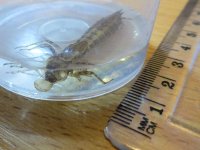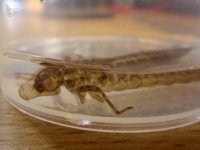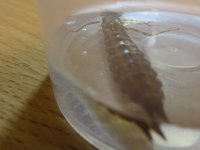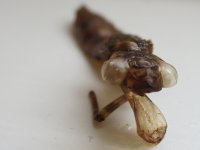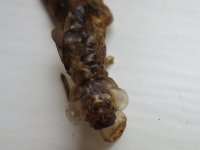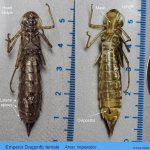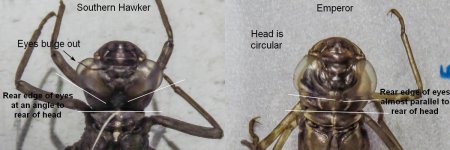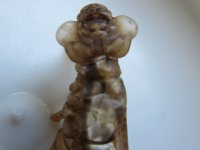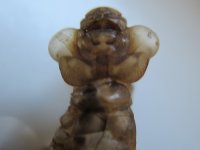InternetMan
Well-known member
I pulled this lightly-used exoskeleton from my small garden pond in Brighton today. Length is about 4.5cm. Looks to me like one of the hawkers, but can anyone help with the species?
It was floating mid-table amid the weeds, though I guess it could have fallen from some pondside vegetation. Surely this is a final-instar nymph's cast-off outerwear?
Pond is only a couple of years old so I'm quite chuffed. Had damsels and dragons breeding last year, but nothing bigger than common darter.
It was floating mid-table amid the weeds, though I guess it could have fallen from some pondside vegetation. Surely this is a final-instar nymph's cast-off outerwear?
Pond is only a couple of years old so I'm quite chuffed. Had damsels and dragons breeding last year, but nothing bigger than common darter.
Attachments
Last edited:




